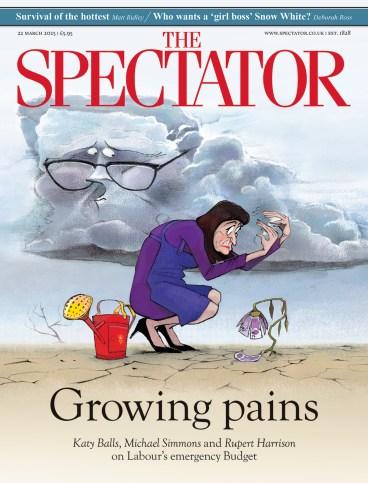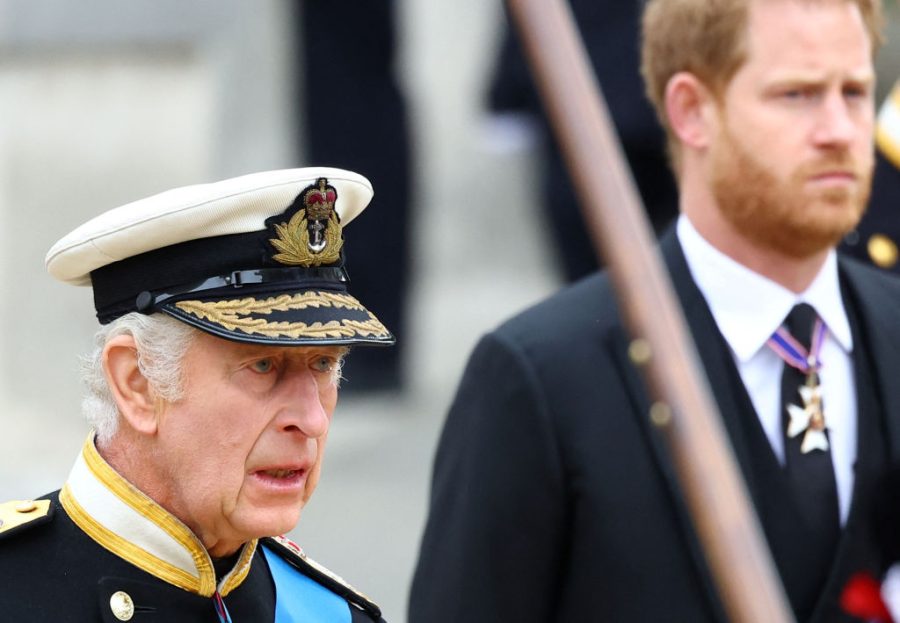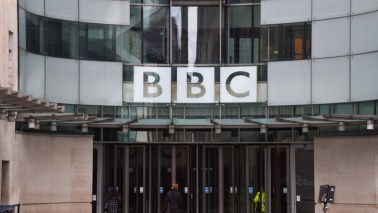
There are several dozen graves from the second world war (and some from the first) in churchyards near my village on Salisbury Plain, but all of them British or Commonwealth ones. Nor have I seen any enemy graves elsewhere, although some 4,500 Germans died on British soil during the last world war, and a far smaller number in the Great War. Until 1962 they lay in many hundreds of cemeteries throughout Britain, Northern Ireland, the Isle of Man and the Channel Islands. But in 1959 the German equivalent of the Imperial (later Commonwealth) War Graves Commission (IWGC), the Volksbund Deutsche Kriegsgräberfürsorge (VDK), was given leave to rebury the dead of both wars collectively at Cannock Chase in Staffordshire, at what was to be the German Military Cemetery.
Between April 1962 and May 1963 the VDK located and exhumed nearly 5,000 bodies from across the British Isles, including those of many victims of the first world war. Not all the dead, however. Some, mainly prisoners of war or internees who had died in captivity, had been interred in Imperial War Grave Commission cemeteries, and there they remained. But the greater number had been buried closest to where they fell, sometimes in a large municipal cemetery, sometimes in a rural churchyard.
These latter burials, says Tim Grady, a professor of modern history at the University of Chester with a long established interest in what might be called ‘war thanatology’, created a special and rather surprising bond between the buriers and the buried. The enemy became ‘our’ dead – or, rather, the villagers whose forebears now shared the ground with members of the Luftwaffe (usually) felt it to be somehow their duty to cherish the remains of sons of distant fathers and mothers. The extent to which this was also the case in Germany is less clear.
As one of the corporal works of mercy, ‘burying the dead’ also means praying for them, attending their funerals and visiting their graves. Grady recounts in detail the experience of a small Aberdeenshire coastal village where, in July 1941, a Junkers 88 bomber crashed, killing three of its crew outright, with a fourth succumbing to his wounds in hospital soon afterwards. The local authorities in nearby Montrose
gave the crew members a lavish public funeral… The four coffins, bedecked with Nazi swastika flags, were carried through the town to the main municipal burial ground, the enchantingly named Sleepy hillock cemetery.
In 1954, the mother of one of the crew, ‘to fulfil her husband’s dying wish to bring the body home’ after years of exchanging letters with the town clerk, finally managed to make the journey to her son’s grave. On arriving in Montrose she was met by the clerk who, after giving her lunch, took her to the cemetery, which she found to be, in her words, ‘so well cared for and beautifully set out’ that she couldn’t disturb her son’s sleep. She returned to Cologne empty-handed but reassured by the idea that her son’s presence in Montrose was helping to heal things that ‘the war had destroyed’.
Such experiences are at the heart of Grady’s argument – that tentative local discussions about the care of the enemy war dead were crucial for reconciliation between former foes:
While diplomats and politicians sitting in Berlin, Bonn or London eyed their opposite numbers with suspicion, communities that ended up with the enemy dead in their midst often gradually reached out to the bereaved overseas. Cemeteries in both Britain and Germany, therefore, acted as significant ‘zones of contact’ for rebuilding the British-German relationship, for bringing the British and German people together. This was reconciliation work from below, driven by humanitarian concern, rather than diplomatic calculation.
Later, the VDK arbitrarily relocated the Montrose bodies to Cannock, although a few in more distant places were left in peace.
When reading of the funeral at Montrose, I couldn’t help wondering why the authorities had honoured the swastika by draping it on the coffins, and how widespread this sort of emotion was. In 1941, the country had endured a year of indiscriminate bombing. Was Montrose so far from its horrors? I was reminded of the account in Juliet Gardiner’s book The Blitz of the Bridlington fishermen further down the east coast who put out into the bay on seeing a plane crash, not knowing whether it was ‘one of ours or one of theirs’. On reaching the wreckage and finding Luftwaffe aircrew in the water they buried them at sea – but prematurely, holding them under with boathooks. Nearby Hull had taken a murderous pounding night after night for many months.
Some 26,500 soldiers and sailors, but principally airmen of Bomber Command, from Britain and the Empire, died in Germany in the second world war. As soon as it was over, the IWGC began its work of location, exhumation and reinterment in one of 11 regional cemeteries, in addition to the four for the far fewer number of first world war casualties. Local labour was employed, but with instructions to dig to within only an inch of the coffin, at which point British hands took over.
Whether the reinterment of the war dead on both sides in consolidated military cemeteries really has led to ‘insular public memory’, allowing people ‘to tell themselves much simpler narratives of the recent past’, is debatable, but Grady sets out his argument with conviction. Whatever the case, this is a hugely illuminating, scholarly and singular work on the nature of remembrance and heritage.







Comments